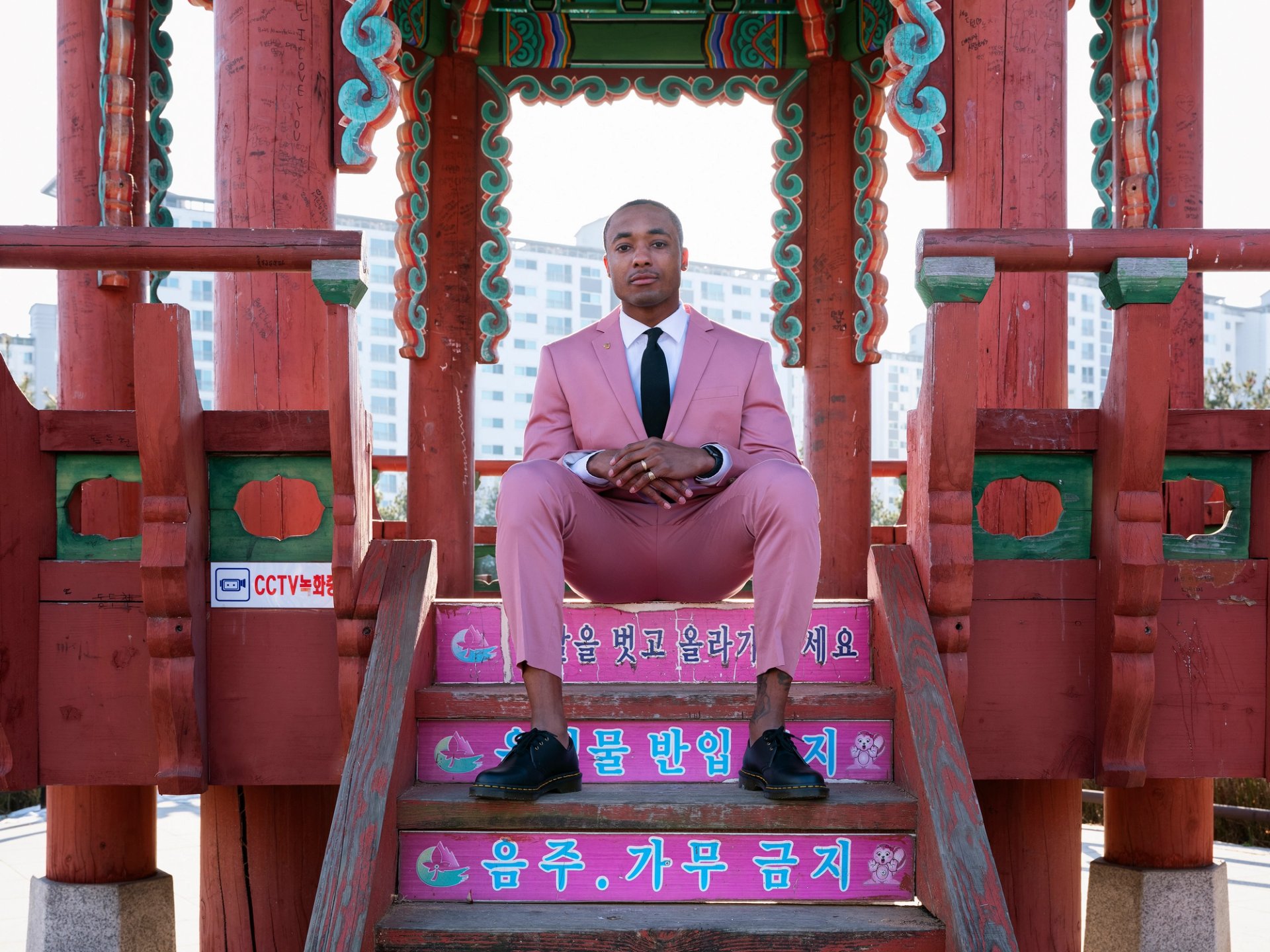Che Onejoon: ‘The AfroAsia collective is now more important to me than my personal art’
A selection of Korea’s most exciting contemporary artists have been selected for this year’s Korean Artists Today, a long-term project which will see a cohort of artists chosen each year for their potential to make it on the global stage. See the full list here.
“The idea of preserving post-war history is very new in Korea,” says Che Onejoon about one his early projects—a series of short films and archives documenting the bunkers and military facilities constructed in Seoul in the immediate aftermath of the Korean War.
“I had to study the Korean dictatorship because I didn’t know much about the Cold War. I was interested in the original function of the bunkers that had been built by Park Chung-hee during the military regime, when he was competing with the first leader of North Korea, Kim Il Sung.”
Che delved even deeper into Korean history when he began investigating North Korean art and the division of the Korean peninsula through the lens of Africa. “I was surprised to learn that North Korea had built many monuments in African countries, but there was no information about this in South Korea because the government still bans North Korean information and websites.”
The result was a multimedia documentary project that involved visiting nine African nations between 2013 and 2016. “North Korea’s construction company, Mansudae Overseas Projects, erected numerous statues, monuments and government buildings in at least 20 African nations since its establishment in 1974,” he says. “Most of those built before the 1990s were done for free, as Kim Il Sung wanted African support in the UN to try and force the Americans out of South Korea. But recently it has been less about diplomacy and more a means to get foreign currency.” Using photographs, video installations and an extensive archive collection, Che’s 2015 Mansudae Masterclass project delved into this complex and little known intertwining of Afro-Korean politics, culture and ideology, which he also explored in two films, Black Monument (2017) and My Utopia (2018).
Installation view of Che Onejoon’s My Utopia (2018) at the Busan Biennale Photo: Courtesy the artist
Now Che is back in South Korea. In recent years he has been working with the communities of West African migrant workers who have settled in Korea, occupying neighbourhoods vacated by American soldiers. Despite their steadily growing presence, he notes that this African diaspora is still barely acknowledged by most Koreans—“we are a very homogenous country”. To counter this, Che’s projects have become increasingly collective and centred around encouraging more cross-cultural integration.
In 2020 Che began photographing individuals and families in the African community, a project which continues today. A year later, with curator Sun A Moon, he established Space AfroAsia and the Afroasia Eco Museum, to act as “community art spaces, educational venues and exhibition halls” for the mainly Igbo Nigerian residents of the Bosan-dong “Africa Town”. This town is close to the Camp Casey US military base and the Demilitarized Zone, and is now where Che lives and works.

An photo from Che Onejoon’s series Capital Black (2021) Photo: courtesy the artist
Also in 2021, Che co-founded the AfroAsia Artist Collective, and in this new communal incarnation he is more prolific than ever. Current activities include making multilingual music videos involving both African and Korean artists as well as setting up Afrozia, a K-Pop girl group with a half Korean, half African line-up. “The collective is now more important to me than my personal work,” he says.




